Baroque Period
The Baroque period brought drama, movement, and emotional intensity to European art. Characterized by bold contrasts of light and shadow, dynamic compositions, and theatrical grandeur, Baroque art served both Catholic Counter-Reformation propaganda and absolutist royal courts.
Historical Context
The Baroque emerged during religious conflicts between Catholic and Protestant powers, the rise of absolute monarchies, and scientific discoveries. The Catholic Church commissioned dramatic artworks to inspire devotion, while royal courts celebrated their power through magnificent artistic programs.
Key Characteristics
- Dramatic use of chiaroscuro and tenebrism
- Dynamic diagonal compositions and movement
- Emotional intensity and theatrical effects
- Rich colors and ornamental detail
- Integration of sculpture, painting, and architecture
Notable Artists
Related Art Movements
Explore Baroque Artworks
10,000 artworks from 1600-1750 available in our collection
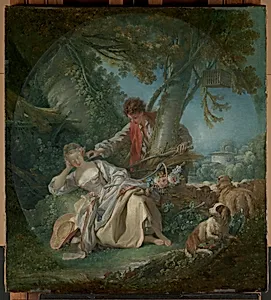
The Interrupted Sleep
François Boucher
1750
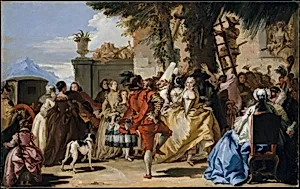
A Dance in the Country
Giovanni Domenico Tiepolo
ca. 1755
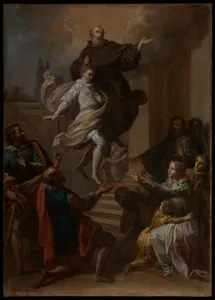
A Miracle of Saint Joseph of Cupertino (1603–1663)
Placido Costanzi
1750

Madame Marsollier and Her Daughter
Jean Marc Nattier
1749
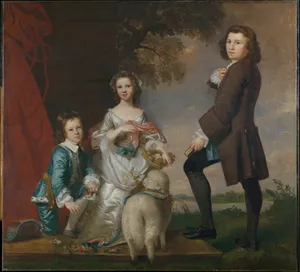
Thomas (1740–1825) and Martha Neate (1741–after 1795) with His Tutor, Thomas Needham
Sir Joshua Reynolds
1748

Warwick Castle
Canaletto (Giovanni Antonio Canal)
1748

Portrait of a Horseman
James Seymour
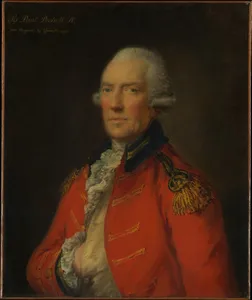
Lieutenant Colonel Paul Pechell (1724–1800)
Thomas Gainsborough
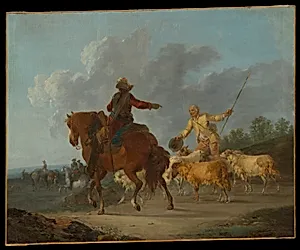
Cavalier and Shepherd
Francesco Casanova

Mrs. Ralph Izard (Alice De Lancey, 1746/47–1832)
Thomas Gainsborough
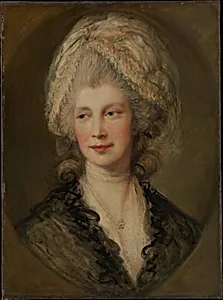
Queen Charlotte
Thomas Gainsborough
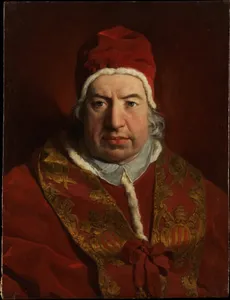
Pope Benedict XIV (Prospero Lambertini, 1675–1758)
Pierre Hubert Subleyras
1746
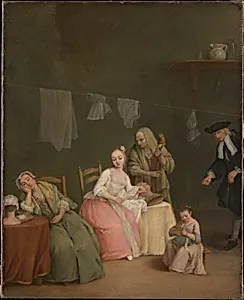
The Letter
Pietro Longhi (Pietro Falca)
1746
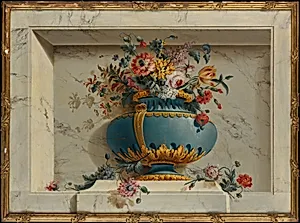
Vase of Flowers in a Niche
Michel Bruno Bellengé
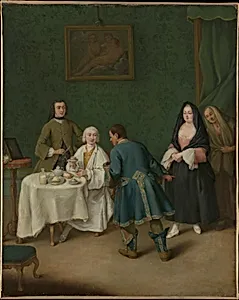
The Temptation
Pietro Longhi (Pietro Falca)
1746
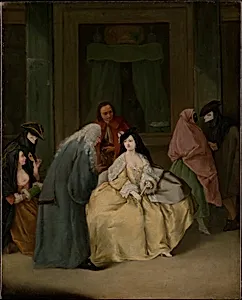
The Meeting
Pietro Longhi (Pietro Falca)
1746
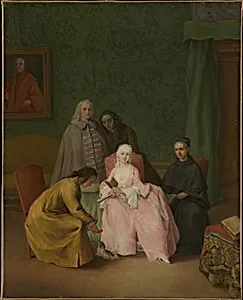
The Visit
Pietro Longhi (Pietro Falca)
1746
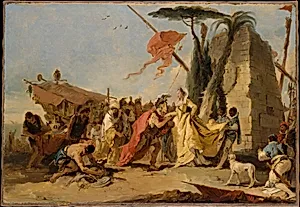
The Meeting of Antony and Cleopatra
Giovanni Battista Tiepolo
ca. 1745–47
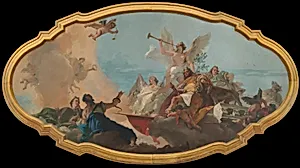
The Glorification of the Barbaro Family
Giovanni Battista Tiepolo
ca. 1750
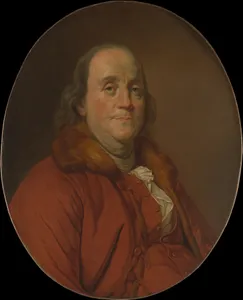
Benjamin Franklin (1706–1790)
Joseph Siffred Duplessis
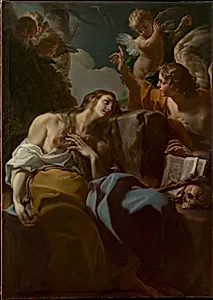
The Penitent Magdalen
Corrado Giaquinto
ca. 1750

Marie Françoise de La Cropte de St. Abre, Marquise d'Argence (born 1714)
Jean Marc Nattier
1744

Vaprio d'Adda
Bernardo Bellotto
1744
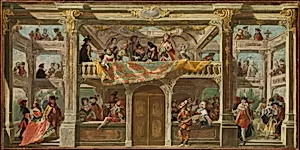
A Masked Ball in Bohemia
Andreas Altomonte
ca. 1748
Showing 24 of 10,000 artworks
View All 10,000 Artworks from Baroque →Explore Other Periods
Ancient Egypt
3000 BCE - 30 BCE
Ancient Egyptian art spans over three millennia, representing one of humanity's longest continuous artistic traditions. From the pyramids of Giza to the treasures of Tutankhamun's tomb, Egyptian artists created works of extraordinary beauty and symbolic power that served religious, funerary, and political purposes.
Greek & Roman
800 BCE - 476 CE
Classical antiquity produced the artistic ideals that shaped Western civilization. Greek artists pioneered naturalistic human representation, while Romans excelled in portraiture, engineering, and monumental architecture. Together, they established standards of beauty, proportion, and artistic excellence that artists would return to for millennia.
Medieval
500-1400
Medieval art encompasses nearly a thousand years of artistic production, from the fall of Rome to the dawn of the Renaissance. This period saw the development of Byzantine mosaics, Romanesque monasteries, Gothic cathedrals, and illuminated manuscripts—all serving primarily religious purposes with a focus on spiritual rather than naturalistic representation.